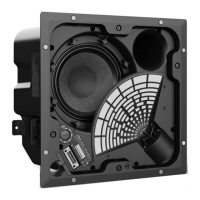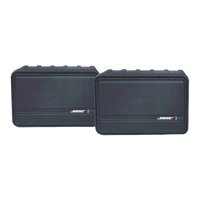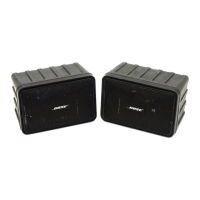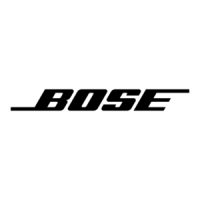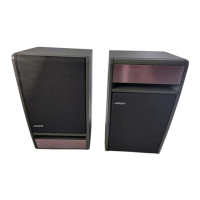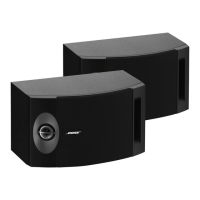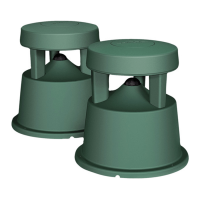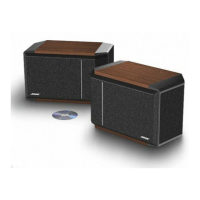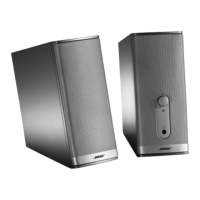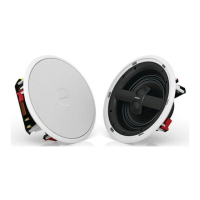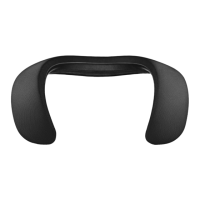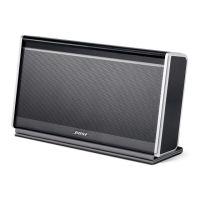Design Guide - 3
EdgeMax Loudspeaker Overview
EdgeMax Loudspeaker Overview
Comparison of In-Ceiling and Surface Mounted Loudspeaker Performance
Traditional in-ceiling loudspeaker designs are preferred in many cases as loudspeakers easily
blend into the environment due to their mounting location and flush appearance. Because in-
ceiling loudspeakers oer the best aesthetics they are the most common type of design for a
variety of applications.
However, many in-ceiling loudspeakers utilize a single transducer and deliver a conical
coverage pattern with a stated coverage angle, e.g. 120-degrees conical. This coverage angle,
however, is not representative for the higher frequencies, which is narrower, resulting in a
significant reduction in high frequency energy as you move o axis from the loudspeaker
location.
This design guide covers topics related to EdgeMax™ loudspeakers, and their use in specific
applications. Designed for in-ceiling mounting near wall-ceiling boundaries, EdgeMax
loudspeakers provide improved audio quality and coverage, while reducing the number
of required units, compared to conventional dome-tweeter ceiling speakers. EdgeMax
loudspeakers feature proprietary Bose® PhaseGuide® technology that combines the
room-filling coverage patterns typical of larger surface-mount speakers with the architect-
preferred aesthetics of in-ceiling models.
Conical Ceiling Loudspeaker
Average
Listener
Height
(1.5 m | 5 )
Published Coverage Angle
High Frequency Coverage Angle
Figure 1. Comparison between the published and typical high frequency coverage angles
for an in-ceiling conical dispersion loudspeaker. Note that the shaded section represents the
area where a balanced frequency response will be delivered.
About
